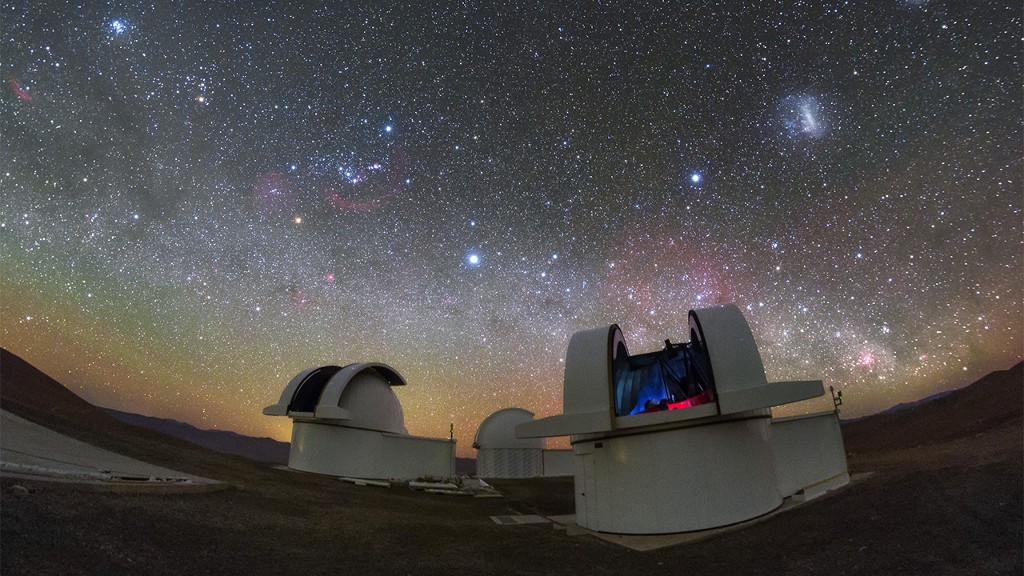Speculoos-2c is the appetising name of a new super-Earth discovered by an international team of scientists, led by Laetitia Delrez, an astrophysicist at ULiège. This super-Earth (i.e., a planet a little bigger than Earth) is whetting appetites because it may well be habitable.
Is life possible elsewhere than on our planet Earth? Are we alone in the universe? It is these great questions that Laetitia Delrez and her colleagues are ultimately trying to answer.
The discovery of Speculoos-2c is rare enough to be debated and published in the journal Astronomy & Astrophysics. It is orbiting a small cold star, called Speculoos-2, located a hundred light-years from our Earth.
This is only the second system of this type – a cold star plus transiting planets – that we know currently know about. In 2016, the Liège teams had discovered 7 exoplanets, including 3 habitable ones, around a cold star they named Trappist-1.
Speculoos-2c was actually discovered through research of another planet, with name "LP 890-9b". The existence of the latter was revealed by NASA's Transiting Exoplanet Survey Satellite (Tess) space mission, dedicated to the search for exoplanets orbiting nearby stars.
Speculoos telescopes
"We used the SPECULOOS ground-based telescopes (an acronym: ‘Search for habitable Planets EClipsing ULtra-COOl Stars- located’), located in Chile and on the island of Tenerife,” says Laetitia Delrez.
”We did this both to confirm the existence of this planet, and to look for other planets that could have been missed by TESS. And bingo! We found Speculoos-2c.” "It is about 40% larger than earth,” continues the astrophysicist.
“It is particularly interesting because it is located in the area called 'habitable' around the star. It is an area in which temperatures are conducive to the presence of liquid water, which is itself an essential element for life as we know it in our solar system. That's why we're particularly interested in this kind of planet."
“Speculoos-2c is significantly closer to its star than the Earth is to the Sun, it goes around it in just 8 days (compared to 365 for Earth), but its star is 6.5 times smaller than the sun and it has a surface temperature half as high as it. The amount of stellar radiation it receives therefore remains low, as do the temperatures.”
Good habitability omens
"Now, we don't know what it looks like in practice,” continues Laetitia Delrez. “For example, we do not know if it has an atmosphere. There are plenty of other factors in terms of habitability."
The next step, for the Liège team, is to try to precisely detect the atmosphere of this planet, and, if it has one, to analyse its composition to learn more about the conditions on its surface. To do this, the team will make a request to be able to use the James Webb telescope, recently launched by NASA.
"The idea of being able to use this famous telescope is really very exciting,” Laetitia Delrez says. “It opens up new perspectives in the characterisation of exoplanets."

